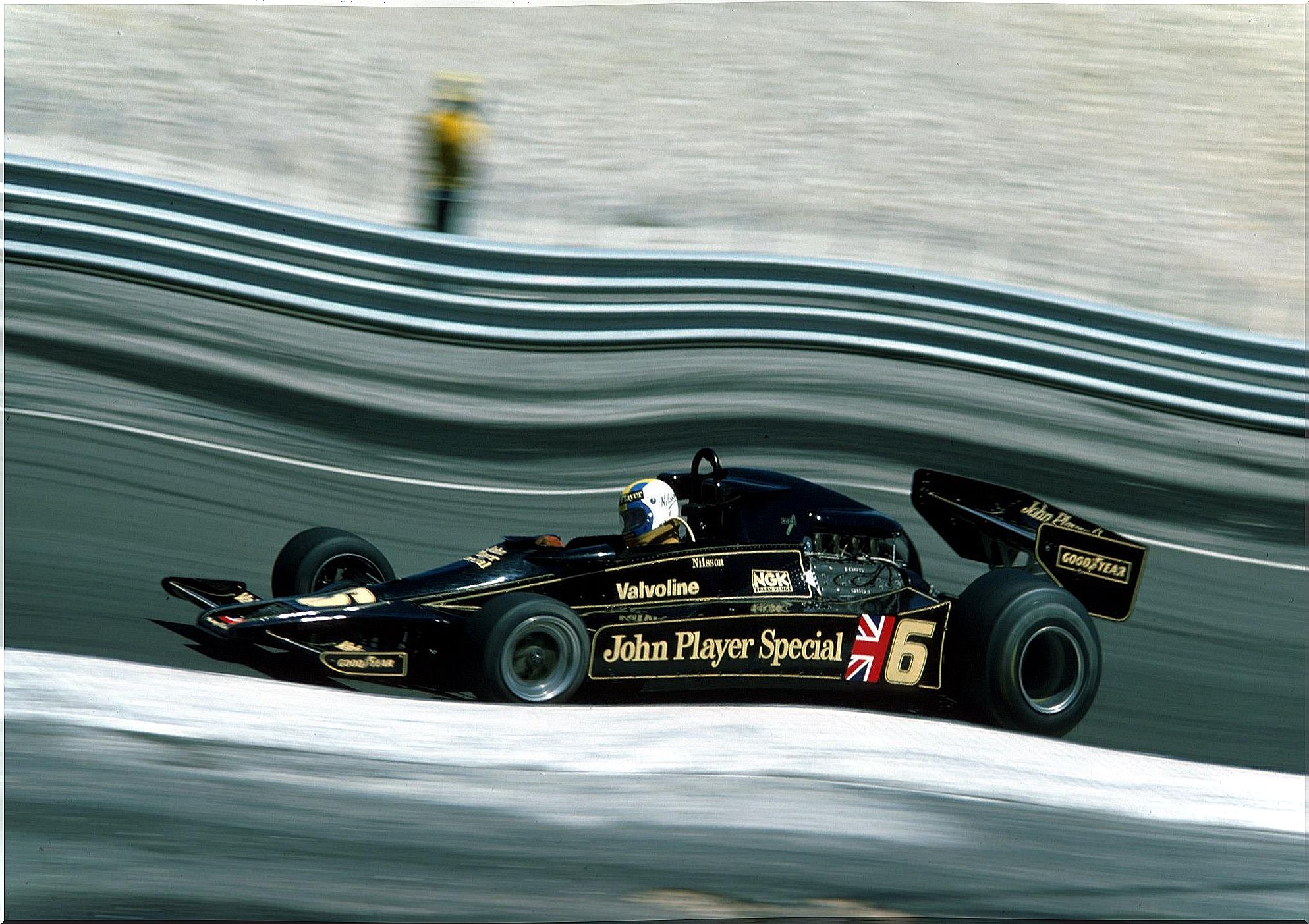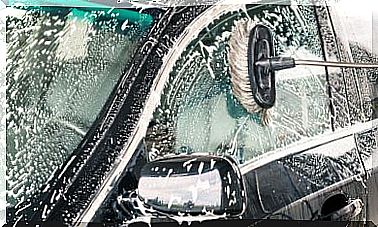Lotus 78, The Forerunner Of The Ground Effect

The 1970s in a competition as innovative as Formula 1 was the arrival of numerous technologies and technical improvements that still persist today.
However, there are many other innovations of this time that, for certain reasons, were canceled even though they turned out to be successful. One of them is the ground effect, an idea that the Lotus 78 debuted in 1977.
The British team led by Colin Chapman has always been characterized by its radical designs and by the inclusion of ideas that rivals would end up copying. If the arrival of the ailerons in the 60s was a big change in Formula 1, the ground effect would do the same, although the idea was not exactly new.
In 1970, the Chaparral team in the United States developed the 2J, a racing car – Jim Hall’s idea – that made use of a fan in its rear that sucked all the air that passed under the car. This suction created a low pressure zone under the car and the car stuck to the road without the need for external spoilers to generate downforce.

An idea that would revolutionize F1
The entire design of the Lotus 78 would be influenced by the British idea to replicate the ground effect. It provided the car with an inverted wing profile that accelerated the air that passed under the chassis, thus creating a low pressure zone. In addition, the effect increased once the air was expelled through a huge rear diffuser.
The car rested on an aluminum monocoque chassis with really low pontoons in which the radiators were housed. To increase the effect of the low pressure zone, rubber skirts were used that were always in contact with the ground, completely sealing the entire lower channel.
As the ground effect was a completely new tool, the use of the ailerons would be retained. With the passing of the seasons and the improvement of the system, the single-seaters would begin to dispense with the front spoiler , in order to increase the surface through which the air reached the channels under the car.

In the mechanical section, the Lotus 78 used the Ford-Cosworth DFV V8 engine, a propellant that powered practically the entire grid these years. Its specific power is unknown, but it is higher than 400 hp. The team’s lineup consisted of Mario Andretti and Gunnar Nilsson.
Victim of his own success
The British team had all the ingredients to be successful, but the start of the season was difficult. At the same time, rivals began working on their respective ground effect systems when they still did not understand how the Lotus system works.
The American driver would achieve four victories and his teammate none, but the unreliability of the car – the chassis did not support the forces generated by the ground effect in curves – kept the team away from the drivers ‘and manufacturers’ titles, both available in Formula 1 . A clear case of being a victim of your own success.
With this problem identified, the following season the system would be refined with larger pontoons and mud flaps, while the chassis was replaced. Altogether, the Lotus 79 from the 1978 season would be 25% more efficient. In addition, the squad would be strengthened with the arrival of Ronnie Peterson, who lost his life that season.









